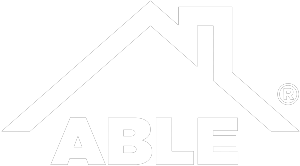(614) 444-2253
There are always going to be tips and tricks to help you extend the life of your roof, but it is important to make sure you are making a smart investment. You don’t want to end up spending more on preventative measures than it would cost you for a new roof. We are here to help you make an educated decision when it comes to caring for your roof.
First, there has been a lot of buzz and excitement about new roof sealers and roof treatment products that are supposed to extend the life of your roof. These roof sealers are designed to re-invigorate your roof by hydrating it and preventing brittleness; therefore extending the lifespan of your shingles. So is it worth it?
There are five major factors that are used to measure the success of roof sealer.
 Pliability- During the pliability test, treated and untreated shingles of the same age were bent 90 degrees. This test is used to replicate wind damage and it was used to measure the effectiveness of roof sealers. During this test, both shingles passed. They then flipped the shingles upside down and repeated the test, but since shingles would never be installed upside down this second part of the test lacks any merit for real-life situations.
Pliability- During the pliability test, treated and untreated shingles of the same age were bent 90 degrees. This test is used to replicate wind damage and it was used to measure the effectiveness of roof sealers. During this test, both shingles passed. They then flipped the shingles upside down and repeated the test, but since shingles would never be installed upside down this second part of the test lacks any merit for real-life situations. Failing Flashing- Most leaks have nothing to do with aging shingles, in fact, most leaks are caused by flashing that was installed incorrectly or flashing that is aged and failing.
Failing Flashing- Most leaks have nothing to do with aging shingles, in fact, most leaks are caused by flashing that was installed incorrectly or flashing that is aged and failing.
4777 Westerville Rd,
Columbus, OH 43231
(614) 444-2253
Quick Links
Services
4.9 out of 5
Out of 329 Reviews